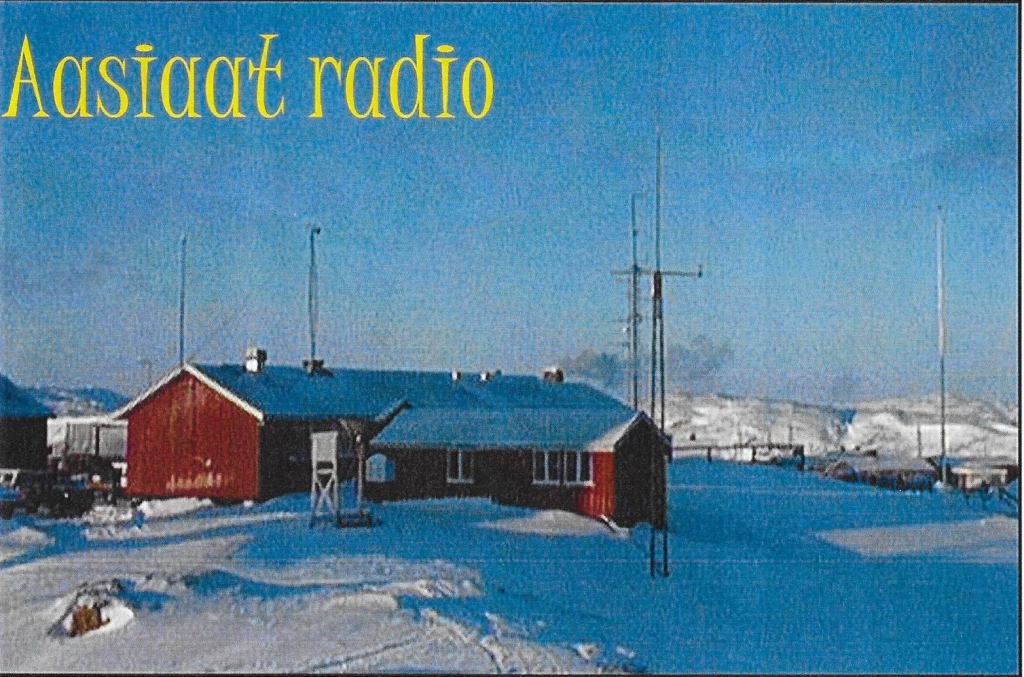Marine Broadcast List Updated
By Don Moore
I just updated my by-time listing of scheduled marine broadcasts in the MF 1600-3400 kHz range. This is primarily based on the by-location listings at the DX Info Centre website. Of special interest at the moment is Iqaluit Coast Guard Radio in Canada which uses six different transmitter sites in the Canadian Arctic. These seasonal broadcasts will be ending soon with the close of Arctic navigation.
The spreadsheet also includes a tab of selected scheduled marine broadcasts on HF frequencies. It does not include easier stations such as the US Coast Guard or the stations in Australia. See the DX Info Centre for complete by-frequency listings.
My by-time listings: https://docs.google.com/spreadsheets/d/1Uju43a0ftROV5Dt56IgY7CMwAecDaa6TVLs7iHaHj6I/edit?usp=sharing
DX Info Centre MF Listings: https://www.dxinfocentre.com/mb.htm
DX Info Centre HF Listings: https://www.dxinfocentre.com/marineinfo.htm
My article on MF Marine DXing: https://swling.com/blog/2021/12/guest-post-an-introduction-to-dxing-the-mf-marine-bands/
My article on Norwegian MF stations: https://swling.com/blog/2021/12/guest-post-don-targets-rare-norwegian-stations-during-newfoundland-dxpedition/


